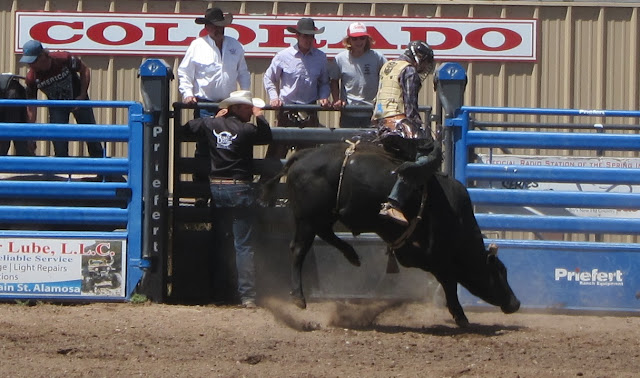“Do not let anyone suggest Plato to me. In regard to Plato I am a thorough skeptic, and have never been able to agree to the admiration of Plato the artist, which is traditional among scholars.” —Friedrich Nietzsche, Twilight of the Idols, or How to Philosophize with a Hammer (1889).
The quote above accompanied the following cartoon on one of my favorite Facebook pages, Nietzsche Internet Defense Force. I have no idea to whom the copyright is attributed, only that it isn’t mine.
I can’t say I’m a huge fan of Plato, either, although I did find his Allegory of the Cave apt, if risibly overwrought as a metaphor.






































